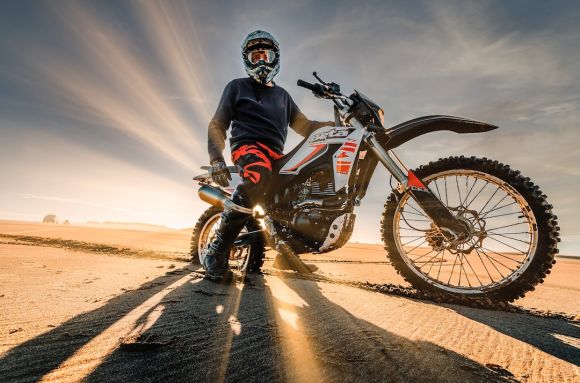Lane filtering and lane splitting are terms that are often used interchangeably to describe the practice of motorcyclists riding between lanes of stopped or slow-moving traffic. While this practice is common in many countries around the world, there is often confusion about its legality. In this article, we will explore the legal status of lane filtering and splitting in various jurisdictions.
United States
In the United States, lane filtering and splitting laws vary from state to state. California is the only state where lane splitting is explicitly legal. The California Vehicle Code allows motorcyclists to ride between lanes of traffic as long as they do so in a safe and prudent manner. However, the code does not provide specific guidelines on what constitutes safe and prudent riding. As a result, the interpretation and enforcement of lane splitting laws can vary among law enforcement officers.
In other states, such as Texas and Florida, lane filtering is generally not legal. Motorcyclists are required to follow the same rules as other vehicles and are not allowed to ride between lanes of traffic. Violating these laws can result in fines and penalties.
Europe
In many European countries, lane filtering and splitting is legal to some extent. However, the specific rules and regulations vary from country to country. For example, in the United Kingdom, lane filtering is legal as long as it is done safely and does not endanger other road users. Motorcyclists are allowed to ride between lanes of traffic, but they must not exceed the speed limit and should give way to pedestrians and cyclists.
In France, lane filtering is also legal, but there are certain restrictions. Motorcyclists are not allowed to ride between lanes if traffic is moving at a speed higher than 50 kilometers per hour or if the speed limit is higher than 50 kilometers per hour. Additionally, motorcyclists are required to use their indicators and are not allowed to filter between lanes on roundabouts.
Australia
In Australia, lane filtering is legal in most states and territories. However, there are specific rules and guidelines that motorcyclists must follow. For example, in New South Wales, motorcyclists are allowed to filter between lanes if traffic is stopped or moving at a speed of 30 kilometers per hour or less. They must not exceed the speed limit by more than 30 kilometers per hour, and they must not filter between lanes on the left side of the road.
Conclusion
The legality of lane filtering and splitting varies from jurisdiction to jurisdiction. While it is legal in some countries and states, it is illegal in others. Even in places where it is legal, there are often specific rules and guidelines that motorcyclists must follow. It is important for motorcyclists to familiarize themselves with the laws and regulations in their area to ensure they are riding within the legal boundaries.
Additionally, it is crucial for all road users to be aware of and respectful towards motorcyclists who are lane filtering or splitting. This practice can help reduce congestion and improve traffic flow, but it requires cooperation and understanding from everyone on the road.
In conclusion, the legality of lane filtering and splitting is a complex issue that depends on the specific laws and regulations of each jurisdiction. Whether you are a motorcyclist or a driver, it is important to be aware of the rules and guidelines in your area to ensure the safety and well-being of all road users.
